Encoding:
Information can't be "transferred to a set of photons (with no mass) and hold varying "states" within the analog light". The photons themselves do not store/carry the information inside them, but the variations in the number of photons (flux, intensity), or the variation in the frequency of photons can carry information.
"Constituent state of matter (and the "states" represented by them) in a circuit" are (usually) just varying voltage levels. These voltage levels can be converted into varying light intensity or varying frequency by various devices (the most widespread are LEDs and lasers). Thus, the (digital) information present in your circuit can be converted into light using relatively simple schemes - just turn the light ON and OFF in some predetermined manner (e.g. Morse code as suggested by @Passerby).
Radio waves, on the other hand, is all about sinusoidal signals. Yes, from theoretical point of view one can think of light and radio waves as being the same, but this approach does not work in real world. You can not transfer "digital radio wave pulse" wireless - you must send sinusoidal signals. If you are bound to use sinusoidal signals, then there are three parameters that you can change in order to encode your digital information: amplitude, frequency and phase. This encoding is called modulation, and it is very large topic (with many mathematical aspects).
Note that even though you can send digital information over light without employing modulation schemes, there are cases where the light's intensity or frequency may be modulated with digital information. The reasons for this complication may be: higher signal's integrity, higher SNR, higher bit rate and many more (the table applies to communication over fiber optic only):

However one of the most important advantages of modulation (maybe even the most important one) is that modulation allows for sharing a single physical media (both wired and wireless) between numerous logical channels. For example: phone, internet and TV can be "delivered" in parallel (simultaneously) over a single optic fiber cable when appropriate modulation scheme is used.
Decoding:
There are electronic devices which convert varying light's intensity or frequency back to varying voltage levels (the most common are photodiodes and photovoltaic cells). Once your information is represented by voltage levels, you're back in the usual electronics design. Various demodulation schemes may need to be implemented, depending on the modulation schemes initially used.
For radio waves the same is true, but the received signal is a modulated sinusoid, therefore demodulation schemes are always used. The device which receives radio waves and converts them into voltage levels is called "antenna".
